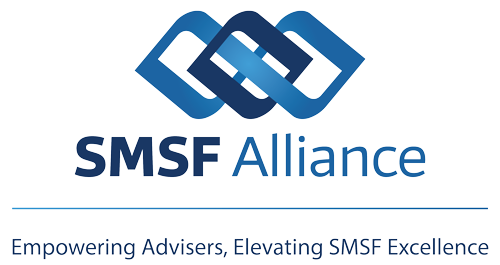A breach of the sole purpose test is one of the more serious SMSF breaches. It is a particular focus of both auditors and the ATO. I was recently asked to comment on a proposed scenario which I rejected notwithstanding that several SMSFs participants have previously passed an ATO audit.
SMSF members, in their individual capacities, contract to purchase a property of their choice. The same individuals, as SMSF trustees, arrange for their SMSF to invest into a widely held unit trust. (It should be noted that the unit trust contains bona fide investments, is not focused on SMSF investors and has a history of favourable returns.) The unit trust then provides the individuals with an advance of up to 97.5% of the property’s purchase price at commercial rates secured by a first mortgage over the property. The LVR is based on the amount invested by the SMSF in the Unit Trust.
It is argued that this is similar to an SMSF investing in bank shares prior to the trustees, in their individual capacities, approaching the bank for a home loan. If the bank regarded the investment in its shares as a basis for their loan approval, then it would be similar – but it doesn’t.
As the loan to the individuals is conditional on their SMSF’s level of investment in the unit trust it looks like a clear breach of the sole purpose test to me.
I can only suggest that the true nexus between the investment and the loan were not considered by the ATO thus resulting in previous successful audit results. If a tree falls in the forest and no one saw it, did it happen? Yes, it did. I would not be prepared to enter into an SMSF arrangement with such an embedded flaw on the basis that it might never be seen.


